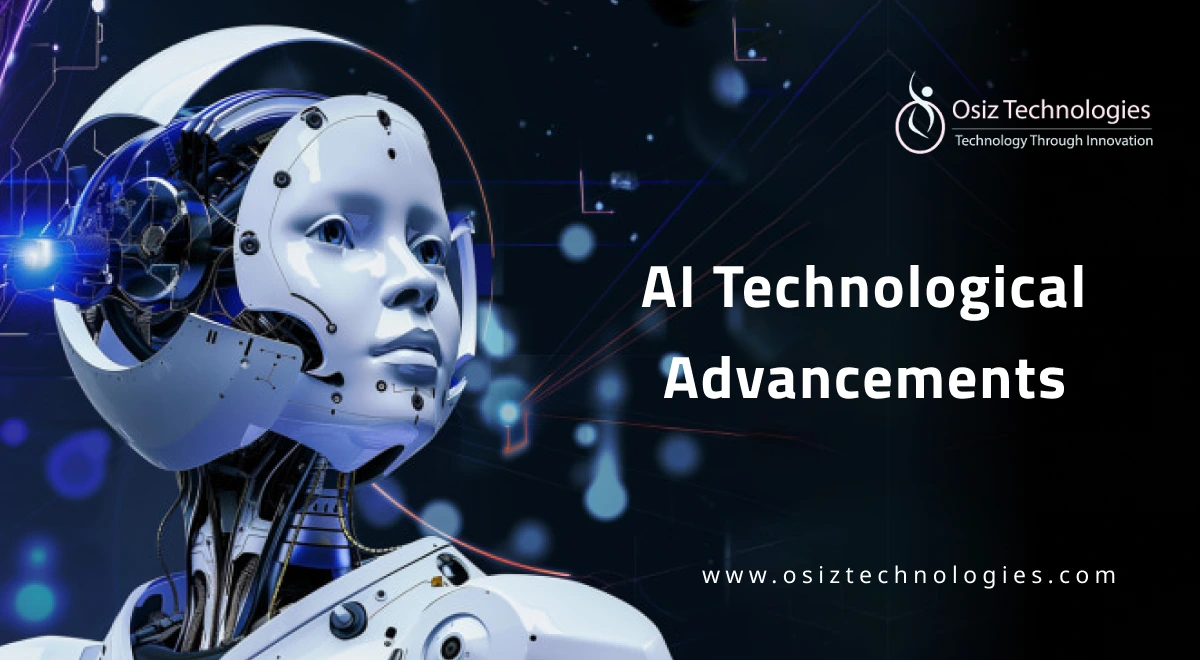Introduction
As we step into 2025, the payments industry is on the brink of a transformative shift driven by generative AI. This innovative technology is set to redefine how transactions are processed, fraud is detected, and customer experiences are personalized. With projections estimating that institutions leveraging generative AI could unlock annual value between $200 billion and $340 billion, it’s essential to explore the top use cases that will shape the future of payments.
1. Payment Automation AI
Generative AI is revolutionizing payment automation, simplifying processes that once required extensive human intervention. By automating repetitive tasks such as invoice processing and payment approvals, businesses can significantly reduce operational costs. For instance, companies can implement AI systems that automatically match invoices to purchase orders, ensuring accuracy and speeding up the payment cycle. This not only enhances efficiency but also minimizes human error, allowing teams to focus on strategic initiatives.
2. AI Fraud Detection in Payments
Fraud detection is a critical concern in the payments landscape. Generative AI enhances security by analyzing transaction patterns in real-time, identifying anomalies that may indicate fraudulent activities. For example, AI algorithms can learn from historical data to predict potential fraud, alerting businesses before significant losses occur. In 2025, we can expect AI systems to become increasingly sophisticated, utilizing machine learning to adapt to new fraud techniques, thus providing a robust defense against financial crime.
3. Personalized Payment Experience AI
Today’s consumers expect tailored experiences, and generative AI is poised to deliver just that. By leveraging customer data, AI can create personalized payment solutions that cater to individual preferences. For instance, AI can analyze a customer’s purchasing history to recommend payment methods or financing options that best suit their needs. This level of personalization not only enhances customer satisfaction but also fosters loyalty, as consumers feel understood and valued.
4. AI-Powered Invoicing
Invoicing can often be a cumbersome process, but generative AI is changing the game. AI-powered invoicing systems can generate invoices automatically based on predefined criteria, reducing the time spent on manual entries. Additionally, these systems can predict when payments are likely to be made, helping businesses manage cash flow more effectively. By streamlining invoicing, companies can improve their overall financial health and operational efficiency.
5. Biometric Payments AI
Biometric payments are gaining traction, thanks to advancements in AI technology. By utilizing biometric data such as fingerprints or facial recognition, businesses can enhance security and streamline the payment process. For example, a customer can complete a transaction simply by scanning their fingerprint on a mobile device. This not only speeds up the checkout process but also adds an extra layer of security, making it more difficult for fraudsters to compromise accounts.
6. Buy-Now-Pay-Later AI
The buy-now-pay-later (BNPL) model has surged in popularity, and generative AI is enhancing its functionality. AI can assess a customer’s creditworthiness in real-time, allowing businesses to offer instant financing options. By analyzing various data points, including spending habits and payment history, AI can determine the likelihood of repayment, enabling companies to extend credit responsibly. This not only benefits consumers by providing flexible payment options but also minimizes risk for businesses.
7. AI Chatbots for Payment Support
Customer support is a vital aspect of the payment experience, and AI chatbots are emerging as a powerful tool in this domain. These virtual assistants can handle a multitude of inquiries, from payment status to transaction disputes, 24/7. By providing immediate responses, AI chatbots enhance customer satisfaction and reduce the workload on human support teams. As AI technology continues to evolve, these chatbots will become more adept at understanding complex queries, further improving the support experience.
8. Agentic AI Payments
Agentic AI represents a new frontier in payment technology. These autonomous virtual agents can execute transactions and manage accounts with minimal human oversight. For example, an agentic AI could automatically pay bills on behalf of a user based on predefined parameters, ensuring timely payments and reducing the risk of late fees. As businesses adopt this technology, we can expect a significant shift towards more efficient and user-friendly payment systems.
Conclusion
The integration of generative AI in payments is not just a trend; it’s a fundamental shift that will define the industry in 2025 and beyond. From enhancing security through AI fraud detection to personalizing the payment experience, the potential applications are vast and varied. As organizations look to the future, embracing these innovations will be crucial for staying competitive in an increasingly digital landscape. To explore how Osiz Technologies, a premier generative ai development company can help you leverage in your payment systems, connect with us today!
Listen To The Article
Recent Blogs

X-Mas 30%
Offer











